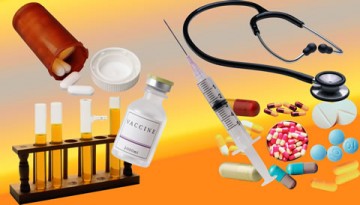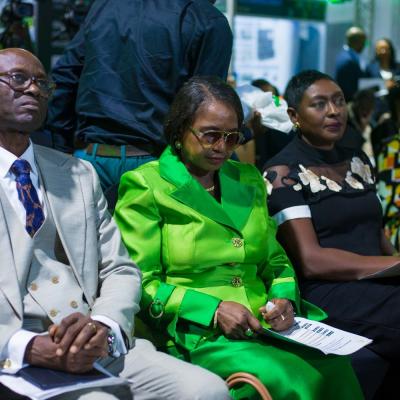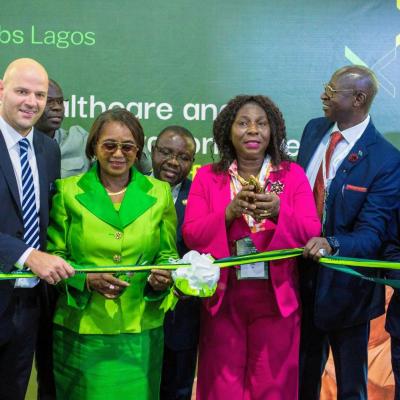“Multiple convulsions are also part of the symptoms, as the child may have more than two episodes in 24 hours, coupled with acute dehydration, rapid breathing, coma, severe anaemia marked by pale palms and feet, as well as failure to pass urine for several hours,” Oyibo said.
National Coordinator, National Malaria Elimination Programme, Federal Ministry of Health, Dr. Nnenna Ezeigwe, said since April 2011, the World Health Organisation guidelines recommended Artesunate as the preferred severe malaria treatment for children and adults.
“Intravenous Artesunate should be used in preference for Quinine for the treatment of severe P. falciparummalaria in adults because of its high quality evidence,” Ezeigwe said.
She noted that though under-five mortality rate reduced from 201 per 1,000 in 2003 to 128 per 1,000 in 2013, there are approximately 208,000 deaths from malaria in Nigeria alone, 95 per cent of which are children under five years old.
She said the National Demographic Health Survey revealed that the highest deaths from severe malaria in 2012 were recorded in Northern Nigeria, where 12 per cent of all reported cases were fatal.
A statistics by the Clinton Health Access Initiative noted that as of 2012, the preferred treatment option for severe malaria across the country was Quinine and Artemether which, in most cases, yielded sub-optimal treatment outcomes.
“Nigeria now recommends injectable Artesunate as the preferred treatment for severe malaria; and a patient diagnosed with severe malaria should be treated at a secondary facility with injectable Artesunate,” CHAI noted.
Ezeigwe said that a minimum of three doses are required to complete treatment, “as studies have shown injectables to be more effective at reducing mortality than Quinine.”
According to the experts, the treatment is faster and easier to administer than Quinine, while it also have fewer side effects than other treatments.
Source: Punch Online

 Experts have said that in order to prevent death from severe malaria, immediate treatment with injectable Artesunate is required, after confirmation with rapid diagnostic tests or laboratory investigation.
Experts have said that in order to prevent death from severe malaria, immediate treatment with injectable Artesunate is required, after confirmation with rapid diagnostic tests or laboratory investigation.





